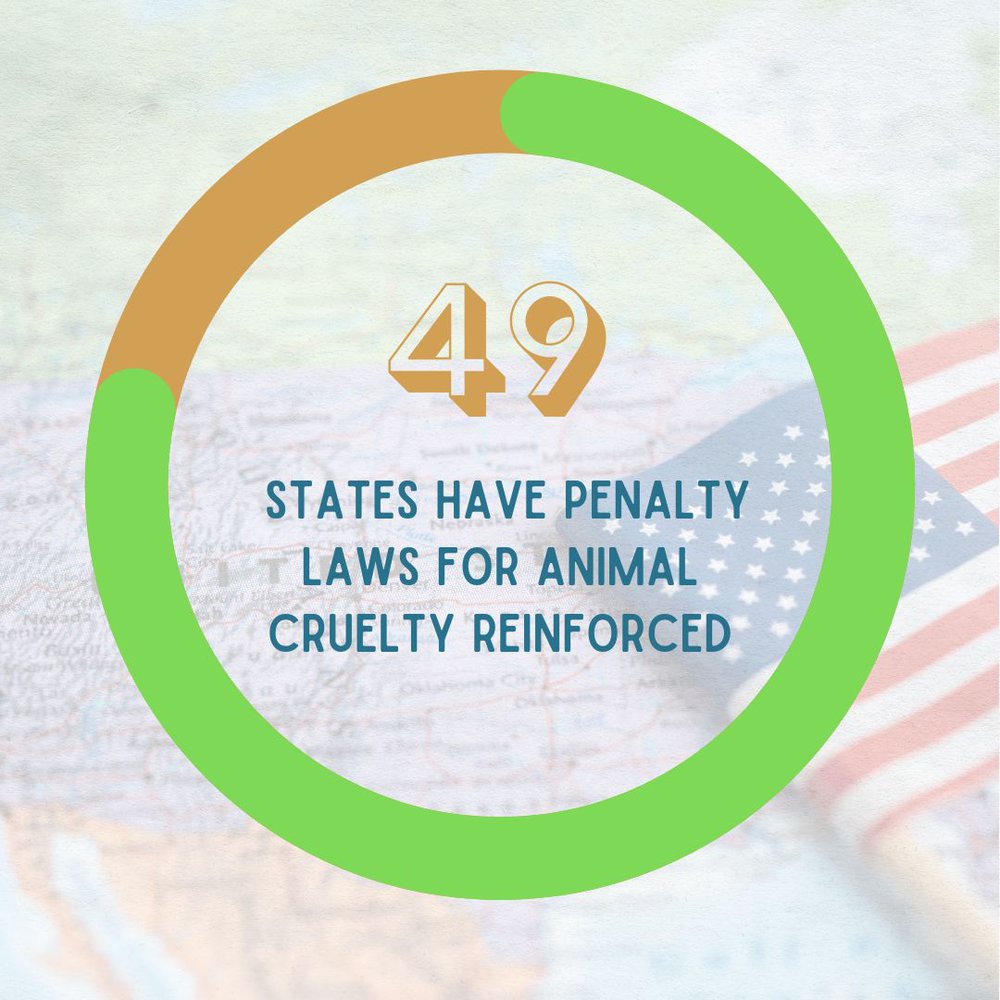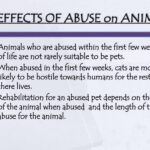The landscape of animal cruelty laws in the United States is complex and constantly evolving. With the increasing awareness surrounding animal rights and welfare, have you ever pondered how effective these legislation measures truly are? The United States, with its vast array of state laws and regulations, presents a multi-faceted picture of how animals are protected (or, at times, inadequately safeguarded) from cruelty. In this updated guide, we will delve into the current animal cruelty laws across the nation, scrutinize their effectiveness, and explore the ongoing challenges faced by advocates and lawmakers alike.
At the federal level, animal cruelty laws began to take shape with the Animal Welfare Act (AWA), enacted in 1966. This critical piece of legislation set basic standards for the treatment of animals in research, exhibition, and transport. However, the AWA’s purview is limited, primarily focusing on certain categories of animals, such as dogs, cats, and other species used in research or commercial settings. Unfortunately, many domesticated and wild animals remain outside its protections, which raises the question: do we need a more comprehensive federal law to address these gaps?
Across the states, the legal framework addresses animal cruelty in a variety of ways. Generally, state laws categorize animal cruelty into two primary offenses: “active cruelty”—which involves the intentional infliction of harm or suffering—and “passive cruelty,” which involves neglecting an animal’s basic needs, such as food, water, and shelter. Each state defines these terms uniquely, leading to a patchwork of legal protections that can vary significantly.
For instance, in states like California, active cruelty can lead to severe penalties, including hefty fines and imprisonment. California law recognizes various forms of animal cruelty, including fighting, abandonment, and neglect. The state increased its commitment to animal welfare by passing laws that prohibit the sale of certain animals in pet stores, thereby encouraging adoption from shelters. How might other states benefit from emulating California’s robust animal protection policies?
Contrastingly, some states exhibit a more lenient stance towards animal cruelty. Take, for example, Kentucky or Mississippi, where the penalties for animal cruelty can be surprisingly minimal. In these places, acts considered cruel may only result in a misdemeanor charge unless the action yields severe consequences, such as the death of the animal. This inconsistency across the nation begs an essential inquiry: how can we revive legislative engagement in states that currently lag in their animal welfare commitments?
One noteworthy trend in recent years has been the passage of “ag-gag” laws. These laws, implemented in several states, seek to prohibit the recording of animal cruelty in agricultural settings, complicating the ability of whistleblowers and investigators to reveal abuse. While proponents argue that such measures protect farmers’ rights and privacy, advocates for animal welfare contend that they serve to shield heinous actions from public scrutiny. This tension vividly exemplifies the ongoing struggle between economic interests and ethical obligations towards animals.
Furthermore, the treatment of farm animals has drawn significant scrutiny. Notably, the recent push for legislation to improve the living conditions of agricultural animals has led to a flurry of initiatives aimed at enhancing their welfare. Many states have enacted laws requiring more humane confinement practices. For instance, laws mandating that pigs are not kept in gestation crates have gained traction. Yet, these laws can oftentimes be superficial if enforcement mechanisms remain underdeveloped. Challenges persist as many farmers argue that such regulations infringe upon their rights and way of life. How can a balanced dialogue be established to foster both agricultural productivity and animal welfare?
Additionally, there is a distinction between felonies and misdemeanors in animal cruelty laws. In approximately 29 states and the District of Columbia, animal cruelty is classified as a felony, signaling a heightened legal severity regarding such offenses. The implications of felony charges can be significant and include long-lasting repercussions for offenders, including loss of animal ownership rights. This legal distinction raises a critical discussion: what measures do we need to ensure consistent felony classification across all states?
As we move further into 2025, one of the most pressing challenges is the enforcement of existing laws. A lack of resources, insufficient training for law enforcement officials, and institutional ignorance regarding animal welfare issues often hinder enforcement efforts. In some jurisdictions, animal control officers may be underfunded or lack the necessary authority to investigate incidents of cruelty effectively. This raises significant questions about the prioritization of animal welfare. How can communities advocate for more substantial funding and training to improve the efficacy of these enforcement agencies?
In conclusion, the current animal cruelty laws in the United States present an intricate tapestry, shaped by both progress and setbacks. The diversity of state laws reflects differing cultural attitudes towards animals, while ongoing challenges highlight the need for continued advocacy and reform. The battles endured by animal rights activists and policymakers remind us that the journey toward a more humane society is ongoing. As we embrace new legislative measures and call for stronger enforcement protocols, one must never forget the primary inspiration: the unwavering commitment to securing a safe and compassionate existence for all creatures living on this planet. Will we see a future where animal cruelty is relegated to the annals of history, or are we destined to grapple with this issue for generations to come? The answer lies within the collective efforts of communities, leaders, and advocates ready to champion change.








